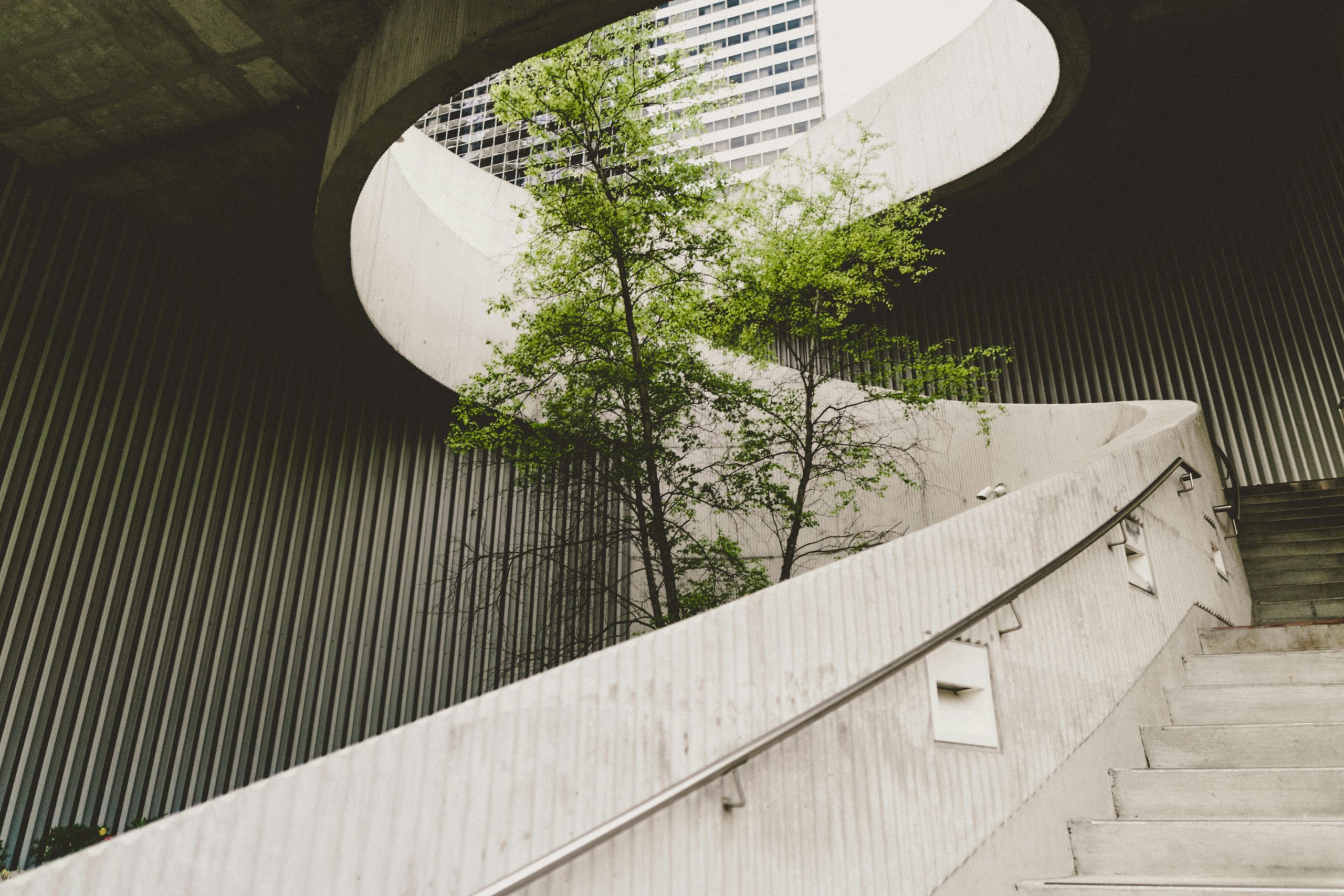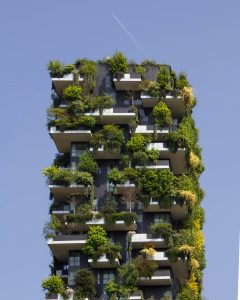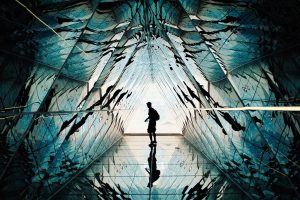At our firm, we strive to educate clients about sustainable architecture by engaging them in informative and interactive dialogues. We start by highlighting the benefits of eco-friendly designs, such as energy efficiency, reduced environmental impact, and potential cost savings over time. We walk them through case studies and real-world examples that demonstrate successful sustainable projects, and we make use of visual aids and simulations to paint a clear picture of what is possible. Through a patient and personalized approach, we aim to address their concerns, answer their questions, and inspire them to embrace the principles of sustainable architecture in their projects.
In “How Do You Educate Clients About Sustainable Architecture?” we explore effective methods to inform and inspire our clients about the importance and benefits of sustainable architectural practices. We delve into strategies like using real-world examples, personalized consultations, and visual presentations to make the concept of eco-friendly design both accessible and appealing. The goal is to equip our clients with the knowledge and enthusiasm needed to make sustainable choices for their building projects. Have you ever wondered how to educate clients about sustainable architecture? It’s a growing field, filled with innovative practices that not only benefit our environment but also improve the quality of life within our built spaces. As today’s conscientious consumers become more aware of their ecological footprints, guiding clients through the labyrinth of sustainable design principles becomes ever more crucial. But how do we effectively convey these concepts without overwhelming or alienating them?
Understanding Sustainable Architecture
What is Sustainable Architecture?
Sustainable architecture goes beyond the aesthetic appeal of a building. It’s about creating energy-efficient, environmentally friendly structures that coexist harmoniously with the natural world. Key elements include energy efficiency, renewable resources, and sustainable materials.
Why is it Important?
Sustainably designed buildings reduce carbon footprints, lower energy consumption, and utilize resources more efficiently. They are healthier for the occupants and often result in long-term financial savings despite potentially higher upfront costs.
Engaging Clients from the Start
Assessing Client Priorities
Every client will have unique priorities. Some may be deeply committed to minimizing their environmental impact, while others might prioritize cost savings or aesthetic considerations. By identifying their primary concerns early on, we can tailor our approach to meet their specific needs and expectations.
Initial Conversations
Start by having open and honest conversations about what sustainable architecture entails. Share the benefits and dispel any myths. Provide examples of successful projects and highlight the potential economic advantages, such as energy savings and increased property value.

Educational Tools and Resources
Visual Aids
Visual aids can be incredibly effective in illustrating complex ideas. Use charts, diagrams, and infographics to convey how sustainable design elements work and their benefits. Before-and-after case studies can also be powerful, showing the tangible benefits of sustainable practices.
Literature and Case Studies
Offering clients easily digestible literature and case studies can help demystify sustainable architecture. This could include brochures, articles, or even short videos that discuss the principles of sustainability. Consider providing materials that focus on successful real-world projects to make the concepts more relatable.
Workshops and Seminars
Hosting workshops or seminars is another method to engage and inform clients. These events can cover topics such as energy-efficient design, the use of renewable materials, and the economic benefits of sustainability. Interactive sessions allow clients to ask questions and engage with the material on a deeper level.
Breaking Down the Benefits
Environmental Impact
Explain how sustainable architecture reduces greenhouse gas emissions, conserves water, and limits resource depletion. A tangible way to present this is through a table that compares the environmental impacts of traditional versus sustainable building practices.
| Component | Traditional Building | Sustainable Building |
|---|---|---|
| Carbon Emissions | High | Low |
| Water Consumption | High | Low |
| Resource Depletion | High | Low |
Financial Savings
One of the biggest selling points of sustainable architecture is the long-term financial savings. Energy-efficient buildings significantly reduce utility bills, and sustainable materials often last longer and require less maintenance.
| Category | Traditional Building | Sustainable Building |
|---|---|---|
| Initial Investment | Lower | Higher |
| Long-term Savings | Lower | Higher |
| Maintenance Costs | Higher | Lower |
Health and Well-being
Sustainable buildings often provide better indoor air quality, natural lighting, and thermal comfort, contributing to the health and well-being of occupants. Discussing these benefits can be a powerful motivator for clients.

Practical Applications
Energy Efficiency
Highlight the various ways buildings can be made more energy-efficient, such as through better insulation, energy-efficient windows, and the use of renewable energy sources like solar panels.
Sustainable Materials
Explain the importance of using materials that are sustainably sourced, non-toxic, and recyclable. Provide examples such as bamboo flooring, recycled glass countertops, and low-VOC paints.
Water Efficiency
Discuss water-saving fixtures, rainwater harvesting systems, and landscaping that requires minimal irrigation. These measures not only conserve water but can also reduce utility bills.
Addressing Common Concerns
Initial Costs
It’s important to be upfront about the potential higher initial costs associated with sustainable architecture. However, emphasize the long-term financial benefits and the importance of investing in future savings and environmental stewardship.
Aesthetic Concerns
Many clients worry that sustainable buildings will look less appealing. Assure them that sustainability and aesthetics are not mutually exclusive. Show examples of beautifully designed, sustainable buildings to reinforce this point.
Complexity and Maintenance
Explain that while sustainable systems might initially seem complex, they are designed to be user-friendly and often require less maintenance over time. Providing case studies where clients can see these systems in action can be helpful.

Building Trust
Transparency
Being transparent about costs, benefits, and potential challenges can build trust with clients. They need to know that we have their best interests at heart and are committed to delivering on our promises.
Continuous Communication
Maintain continuous communication throughout the project. Regular updates and check-ins can ensure that clients feel involved and reassured about the progress and direction of the project.
Leveraging Technology
Software and Simulation Tools
Utilize simulation tools to show clients how sustainable design choices will impact their project. Software that models energy consumption, daylighting, and thermal performance can provide a clear picture of the benefits.
Virtual Tours
Virtual tours of sustainably designed buildings can give clients a better sense of what to expect. This immersive experience can be more convincing than any brochure or video.
Real-World Examples
Case Studies
Sharing detailed case studies of previous projects can provide evidence of the benefits of sustainable architecture. These real-world examples can make abstract concepts more concrete and relatable.
Client Testimonials
Testimonials from past clients can be incredibly persuasive. Hearing about the positive experiences and benefits from someone who was once in their shoes can be a powerful motivator for new clients.
Conclusion
Educating clients about sustainable architecture requires patience, effective communication, and a tailored approach. By understanding their priorities, using a variety of educational tools, and clearly presenting the benefits, we can foster a deeper appreciation for sustainable practices. This not only leads to better projects but also contributes to a healthier, more sustainable future for all of us.
So, how do you educate clients about sustainable architecture? By engaging their interests, addressing their concerns with transparency and factual data, and continuously communicating the immense benefits for the environment, economy, and personal well-being. When clients understand the full picture, they are more likely to embrace sustainable architecture wholeheartedly. Let’s build a better future, one informed client at a time.



